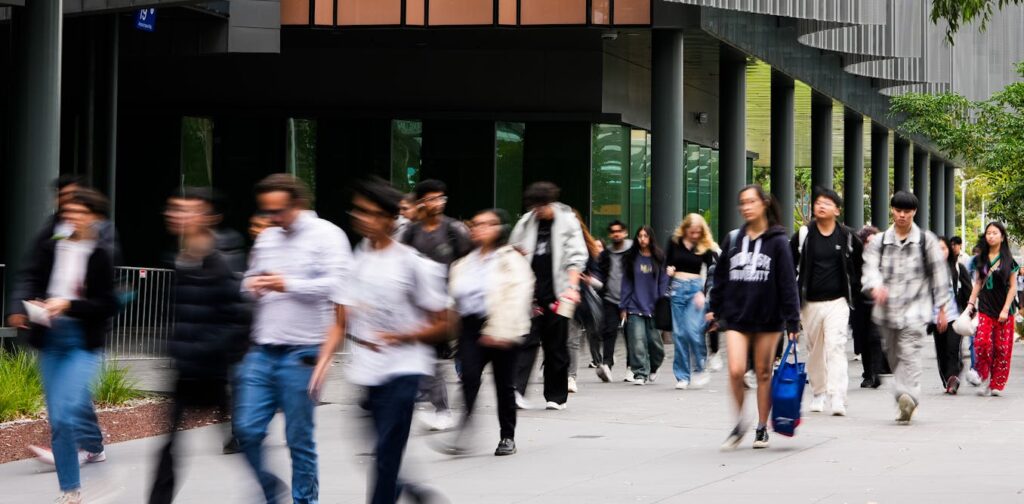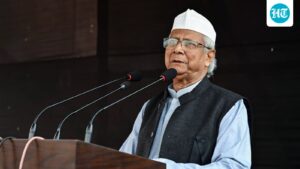
The Australian university sector is facing unprecedented challenges, with mounting pressures leading to what many describe as a state of crisis. Controversies over underpayments to casual staff, exorbitant executive salaries, and frequent course cuts and redundancies paint a grim picture of the current landscape. For Emeritus Professor Graeme Turner, a respected humanities scholar, the situation is nothing short of “broken.”
Turner’s new book, Broken: Universities, Politics and the Public Good, offers a comprehensive analysis of the factors contributing to this crisis, the impact on staff and students, and potential solutions. As a former member of the Prime Minister’s Science, Engineering and Innovation Council, Turner brings a wealth of experience and insight to the discussion.
Current Challenges Facing Australian Universities
The university sector in Australia is grappling with numerous issues, including a historic peak in student drop-out rates, which now stand at 25% and rising. Turner attributes this to various factors, including the increased cost of education following the Morrison government’s Job-Ready Graduates scheme, which saw some disciplines’ costs rise by up to 110%.
Moreover, the sector is plagued by diminishing trust due to widespread “wage theft” cases, where universities have underpaid casual and part-time staff over the past 10-15 years. This issue is projected to cost around $400 million once all reviews are complete.
“In what has been described as the ‘tradie era’, there is a legitimate question for many school leavers to answer as to whether the acquisition of a university qualification is worth taking on the debt that comes with it.” – Graeme Turner
The Impact of Historical Reforms
The origins of the current crisis can be traced back to the Dawkins reforms of 1987, which marked the beginning of the corporatisation of Australian universities. These reforms forced mergers between universities and colleges, targeted research funding towards economic growth, and encouraged universities to find new funding sources.
This shift towards a more corporate model has led to a deteriorating relationship between academic staff and senior management, who are increasingly seen as corporate managers rather than academic leaders. Investigative journalist Rick Morton has highlighted the costly relationships between universities and consultancy firms, which have influenced executive decisions.
“Many vice chancellors now operate more like a CEO than an academic leader.” – Graeme Turner
Government Interventions and Their Consequences
The university system has also suffered from political interventions in the grant application process, traditionally protected by rigorous peer review. Under both the Howard and Morrison governments, education ministers rejected recommended grants, primarily from the humanities and social sciences, undermining the independence of the research assessment process.
The Morrison government’s Job-Ready Graduates package further politicised universities, leaving Bachelor of Arts students with significant debts. Despite the Albanese government’s acknowledgment of the policy’s flaws, it remains unchanged.
“The evidence suggests a major overhaul is required to remake Australia’s universities into institutions that attract, educate and enable students and academics.” – Graeme Turner
Pathways to Recovery
While Turner describes the system as “battered” and “broken,” he offers several solutions. He suggests an immediate injection of substantial funding, though he acknowledges this is unlikely. Instead, he advocates for more effective allocation of existing funds and a strategic redesign of the sector to move away from a competitive marketplace model.
Turner proposes a national audit to identify skills and training requirements and suggests reallocating block grant funding to support research activities directly. He also supports the establishment of the Australian Tertiary Education Commission for national oversight, although he critiques the current government proposal as insufficient.
Ultimately, Turner’s analysis underscores the urgent need for comprehensive reform to address the systemic issues plaguing Australia’s universities. His book serves as both a critique and a call to action, urging policymakers to take bold steps to restore the sector’s integrity and effectiveness.







